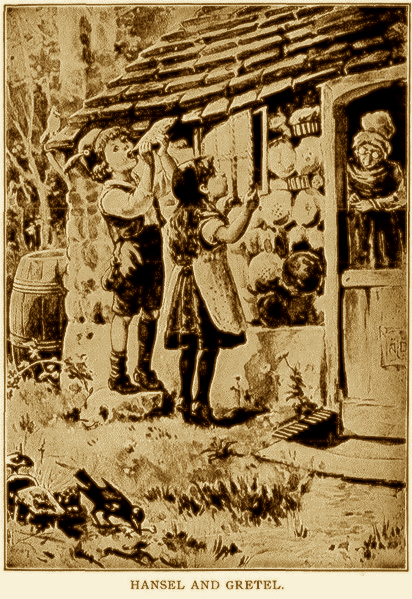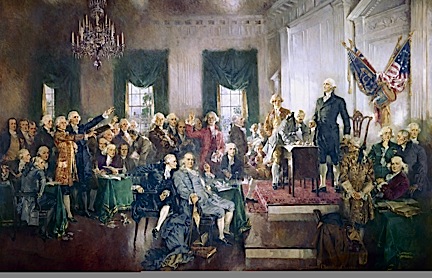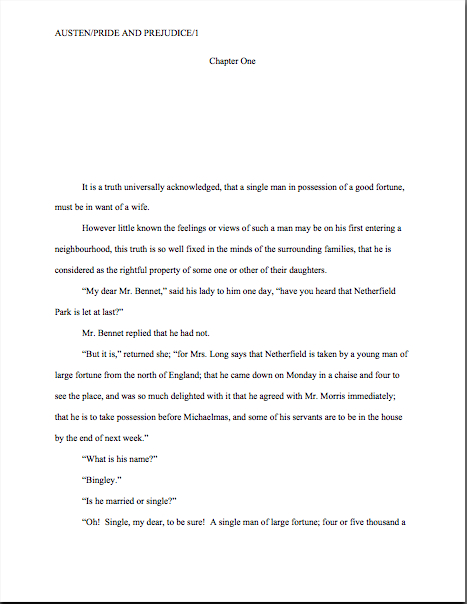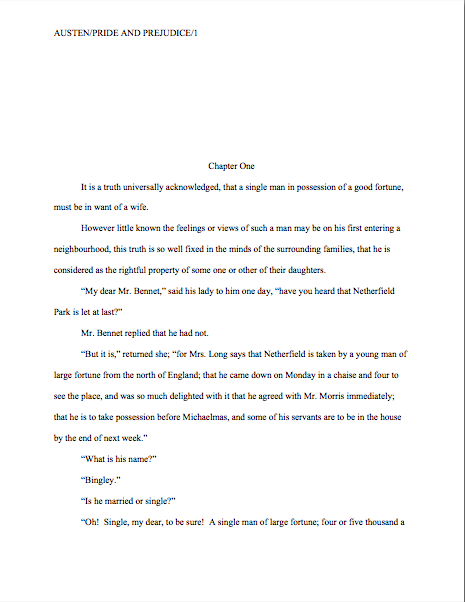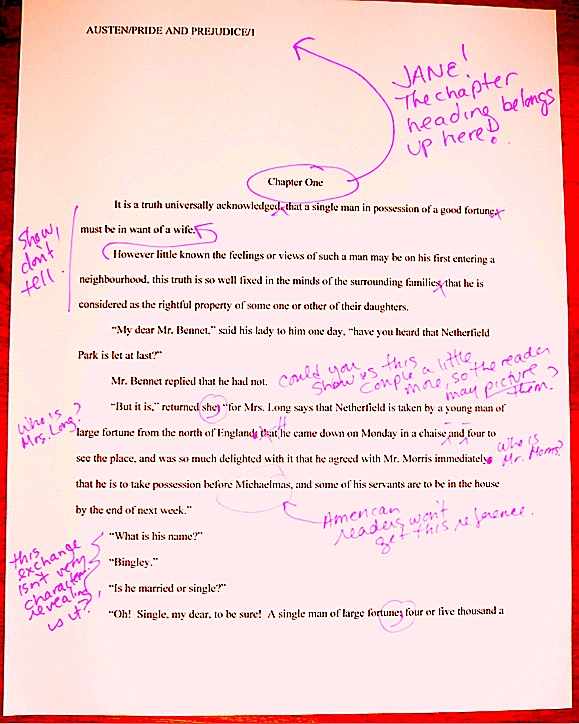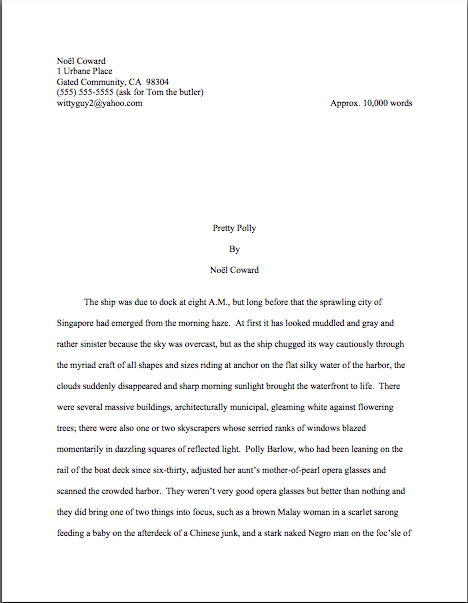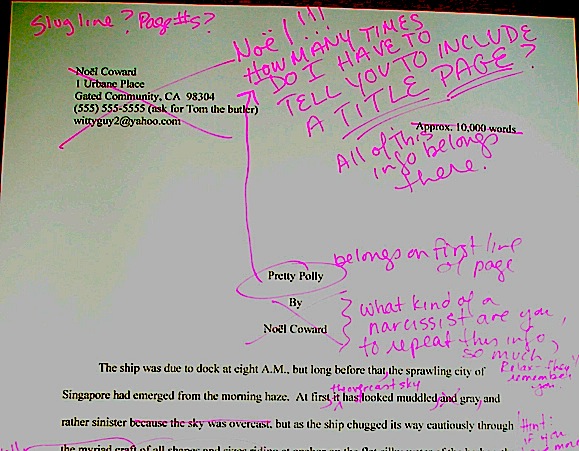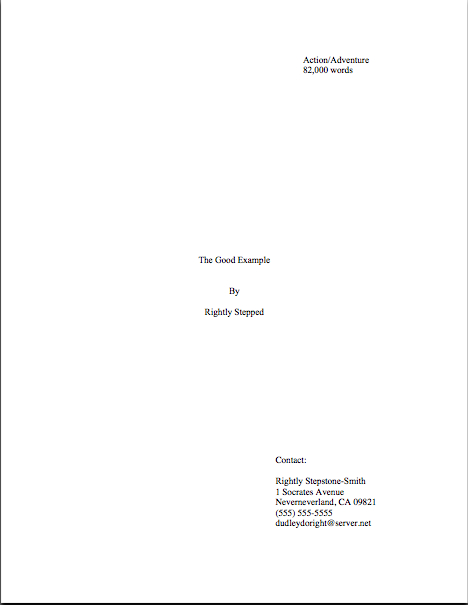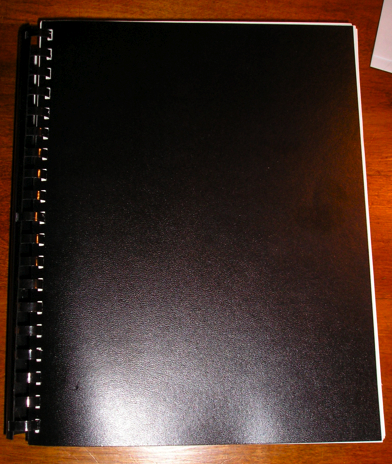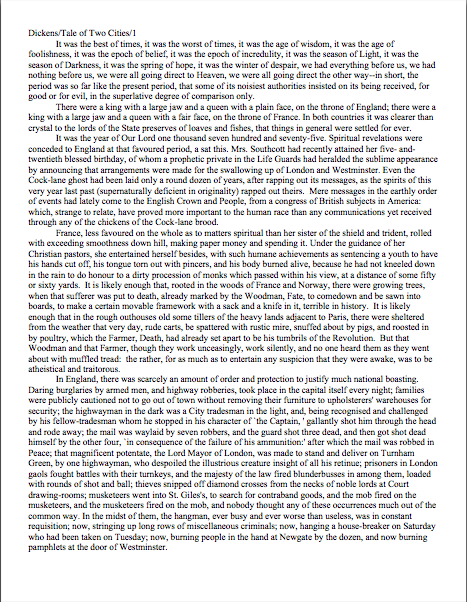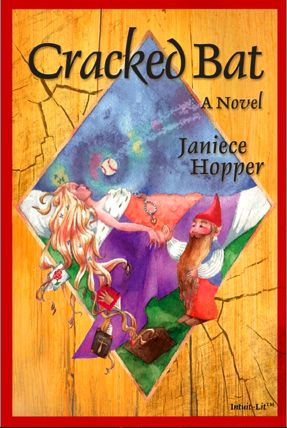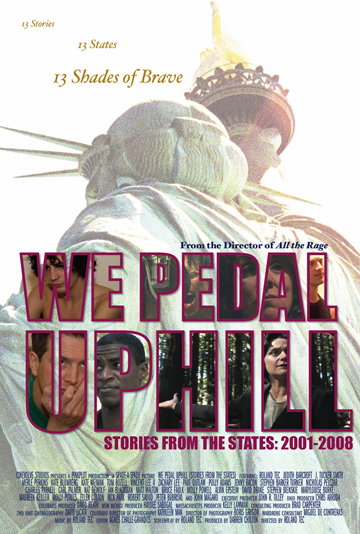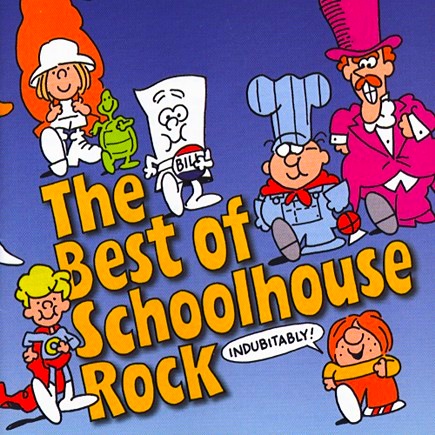
No time for a long-winded missive today, I’m afraid: you’d be amazed at how much the work can pile up while a writer’s on retreat. I’m fairly confident that my desk is in fact underneath all of the papers in front of me, but it’s going to take another week or two of digging to confirm that.
Since I’ve been back from my writing retreat, I’ve noticed that acquaintances’ inquiries have been falling into two basic categories. Non-artist inquirers, without exception, ask about the touristy aspects of getting to and from a medieval village in the mountains of southwestern France; they want to be regaled with photographs of ruined castles. Admittedly, they probably don’t actually want to hear as much about the 12th-century Albigensian heresy as I tend to tell them while showing them the requisite pictures — I was in the part of France where the Cathars ran to escape folks who wanted to burn them at the stake for their beliefs — but they’re very nice about it.
Mysteriously, artists seem less interested in who got massacred where and if I have a photograph of the church built upon the spot. They ask, “Did you get a lot of writing done?” and, if they’re savvy about artists’ colonies, “Were there any famous artists/writers at the retreat?”
Don’t laugh — the answers to neither are foregone conclusions.
As anyone who has ever been on a lengthy group retreat could tell you, it’s far from uncommon that writers and other artists show up on a long-anticipated retreat — and then don’t work much on their art. There are plenty of reasons for this, of course, ranging from having unrealistic expectations about how much one can get done in a week, two, or a month; being totally exhausted due to working double shifts in the weeks leading up to the retreat, in order to be able to afford to come (it’s really, really rare that even a top-flight, highly competitive residency will give you money to pay your bills while you’re taking time off your day job), wanting to hang out with all of the other fascinating people who tend to turn up at artists’ retreats, and/or just needing a vacation really, really badly.
And then there’s the most common reason of all, writer’s block.
Did that giant collective gasp I just heard indicate that some, most, or all of you weren’t aware that even well-established writers who win fellowships to luxurious artists’ colonies sometimes fall prey to writer’s block? Of course they do: all writers do, from time to time; it seldom has anything to do with talent.
So what does it have to do with, you ask? Usually, in a retreat situation, the kind of elevated expectations I mentioned above: the prospect of writing/starting/finishing a big chunk of a book (or a short story, or a proposal) within a short, intense period of time can be darned intimidating.
Whether a time-challenged writer is at a retreat or at home, the very notion of wasting so much of a second of time and space that was so hard to carve out can be paralyzing. And if the writer in question has, as so many first-time retreatants do, been putting off working on a particular piece of writing until he’s safely ensconced, the pressure to write quickly roughly triples.
If this happens to you, take a deep breath. Remember that part of what artists do on retreat is think — and that thinking is a legitimate part of the artistic process.
After you’ve taken a nice, long walk and thought about your project, come back to your writing space (which, I hate to break it to you, will probably be much, much smaller than the palatial digs I enjoyed at my most recent retreat; chandeliers are in fact optional), take out several sheets of scratch paper, and diagram your story or the argument you’re making in what you’d planned to write. (Everyone knows how to do that, right? If any of you don’t, drop me a line in the comments on this post, and I’ll do a short how-to.)
Once you have a visual representation of your project in front of you, circle or highlight the bits you have not yet written. Which parts would be the easiest or quickest to do? Which would be next easiest, quickest, least emotionally jarring, etc.?
Once you’ve decided which would be least challenging, sit down and start there. Don’t even think of tackling any other part of your writing project until it’s done. Once it’s completed, move on to the next on your list.
Repeat as often as necessary until you get into a writing groove.
Do I hear some sounds of scoffing out there? “But Anne,” some folks who have dreamed long about running away on retreat protest, “I could work incrementally at home. If I have a big, unbroken chunk of time free of distractions in front of me, shouldn’t I be using it for, you know, something more ambitious?”
Not if you’ve come down with a bad case of writer’s block, you shouldn’t. Demonstrating to the frozen creative part of your psyche that it’s also productive to chip away at smaller portions is a great way to loosen up the writing muscles.
That’s not the only strategy for overcoming writer’s block, of course, or the only one that would work in this situation. For more suggestions, check out the aptly-named WRITER’S BLOCK category on the archive list at the bottom right-hand corner of this page.
The second question, the one about running into anyone famous, arises from the fact that many artists’ colonies will offer residencies to well-established writers and other artists as an inducement to the less-established to cough up the change to come to the retreat as well. And that’s not just my cynical take on it, either: just as writing workshops and conferences use the famous names for marketing purposes, many retreats are perfectly up front about selling access to big-name artists-in-residence.
Don’t believe me? Check out the grants, fellowships, and residencies section of Poets & Writers magazine, one of the best sources for tracking down same.
A quick caveat emptor to those of you who find the prospect of hobnobbing with the illustrious tempting: check the fine print. Just as a famous author’s speaking at a conference doesn’t necessarily mean that any individual attendee is going to have one-on-one time with him, being in residence simultaneously with a literary bigwig doesn’t automatically translate into long literary lunches and impeccable feedback on your work. Unless the retreat’s promotional materials actually mention that God’s Gift to Literature will be offering classes or critique to co-residents, assume that the answer is no.
Remember, established authors occasionally like to go on retreat for precisely the same reason that any other writer does — to get some time alone with their manuscripts. Unless they’re specifically being paid to help out those struggling along the earlier steps of the path to publication — as many retreats do — they’re under no obligation to invest their retreat time in reading or critiquing your work.
Or in providing you with contacts, finding you an agent, writing you a blurb…
I always feel a little funny saying this point-blank, as this just seems like basic courtesy to someone who grew up around famous writers, but established authors are not required to help the aspiring. Yet writers trying to break into the biz rush up to the famous all the time, essentially demanding their attention and a leg up, as if it didn’t take a darned long time to read a total stranger’s manuscript. If you want their assistance in a situation where they’re not being paid to provide it, approach with the awareness that you are in fact asking a pretty darned big favor of someone you’ve just met.
As luck would have it, an extremely well-known Irish poet was in residence with me at La Muse, but thankfully, everyone was too polite to thrust poems-in-progress at him. (Although not everyone was similarly restrained when they learned that I edited professionally, unfortunately. It’s amazing how single-minded writers can be in pursuit of publication.)
The good news is that if the retreat is indeed paying the lauded one to help out the other residents, they’re not going to make a secret of it. Since it’s actually rather difficult for the average mid-list author to make a living out of book sales alone (again, hate to be the one to break it to you), plenty of very good writers supplement their income through teaching gigs, conference presentations — and, yes, hanging out at residencies.
Do be aware, though, that being a well-known — or even brilliant — author doesn’t necessarily render one a good teacher of the craft. Or a good reader and feedback-giver, especially outside of one’s own particular book category.
Heck, it doesn’t even guarantee being a nice person who won’t gratuitously hurt an aspiring writer’s feelings. As I believe I may have pointed out 1700 or 1800 times before in this venue, professional feedback is harsh, and standards do in fact vary a bit from genre to genre.
Again, this may be self-evident, but before you take the emotional risk and plunk down the cash for cohabitating with, taking a class from, or showing your manuscript to a famous writer, make sure that that the illustrious one has at least a passing familiarity with your type of book. Otherwise, you’re not likely to get as much usable feedback as you have a right to expect.
If it’s part of what you’re paying to receive at a retreat, that is.
The best way to assure a good fit, of course, is to select a residency (class, conference) that features a laurelled one with a consistent track record of publishing in your chosen book category. Preferably recently, as being treated to long, well-meant lectures on what agents and editors were looking for thirty years ago may not help you please them now.
Even then, you may need to take what you hear with a grain of salt.
Many years ago, I spent a month at an artists’ colony that routinely imported both well-established sculptors and painters to give emerging artists feedback on their works-in-progress and a famous author or two every couple of weeks to impart wisdom to those treading the earlier steps of the path to greatness. Excited at the prospect, but aware that I would get more out of the feedback if I were familiar with these authors’ most recent work, I naturally rushed right out and indulged in an orgy of literary preparation.
The first of these authors, a well-established author not yet a household name and the one whose work I preferred of the two, spent a week on-site. She read excerpts, gave constructive feedback, helped writers over manuscript difficulties, and even gave a couple of impromptu lectures on craft.
Yet I couldn’t help but notice that not all of my fellow retreatants were as happy with her input as I was — but then, she wrote comedy, and so did I. She liked the chapter I submitted for critique, so we spent a charming hour chatting about my work, hers, and how I could make my writing more marketable.
Those whose work was less similar to hers did not fare so well, I’m told.
This mixed result is far from unheard-of at retreats that offer brushes with the Great — or at conferences, workshops, or even literary contests judged by them. There’s no way to assure that you are absolutely exempt from falling victim to it, but doing your reading in advance can certainly help. If your writing style is radically different from the critiquing author, consider seeking feedback elsewhere.
In any contest with celebrity judges — i.e., famous writers who make the final selections from amongst the finalist pool — this goes double, or even triple. If your writing doesn’t resemble the famous judge’s in form, think twice before bothering to enter.
I can feel you wincing. Crunching a few dry crackers should help with the nausea.
Back to our story already in progress. A couple of weeks later, the Living Legend scheduled to shed her effulgence on the residents sent word that she would be arriving a trifle too late for the meetings the retreat organizers had insisted that we book a week in advance, but in the meantime she was reading the excerpts we had submitted to her industriously.
One forgives such things in National Book Award winners, naturally. Good-naturedly, all of the writers in residence rescheduled our appointments with her to the next day. And then to the day after that.
When she arrived late in the afternoon of day 3 of her week-long residency, again too late for any but the last of the scheduled meetings, she announced that she could stay for only a couple of days — the absolute minimum, the cynical speculated, to collect her honorarium for meeting with us.
She wanted, she said, to meet with each of us right away. As in could each of us drop what we’re writing in mid-sentence and genuflect at her feet now?
Because I was — believe it or not of a writer on retreat — deep in the midst of a chapter, I signed up for one of the latest of the possible appointments. The Great Lady didn’t like that much, but one-on-one meetings we had all paid for, so she couldn’t just give us feedback in one big group, could she?
Seriously, could she? She honestly wanted to know — and seemed annoyed when we all demurred.
Now, I have to be honest here: I wasn’t expecting a whole lot from the much-delayed meeting, and not just because she had been, well, not delivering what we had been told to expect. I was prepared to be very diplomatic about it, but the fact is, I didn’t find her writing very engaging. Not to blow my own horn, but this restraint did require some near-heroism on my part, as my extensive reading binge had revealed that her literary output since 1957 had consisted largely of telling and retelling the (apparently autobiographical) plot of her first critically-lauded novel in slightly different forms.
None of which evinced the smallest modicum of humor. So I was quite prepared for her to dislike my chapter, of course, but I made the mistake of assuming that as long as I didn’t let her feedback vex me into blurting out some version of, “Why on earth did anyone ever consider you for the Pulitzer?” I would survive the occasion with aplomb.
You can feel the impending doom, can’t you? Wait — it’s even worse than you’re imagining.
Practically the moment I walked into my scheduled meeting — yes, it did eventually occur — She Whose Name Will Live Forever launched into a vigorous diatribe about the inherent weakness of a particular scene in the submitted chapter. The only trouble was, I hadn’t written the scene that had so upset her sensibilities; another writer in residence had.
Entirely disregarding my polite, gentle hints that perhaps she had mislaid my manuscript, the august lady proceeded to blast my fellow writer’s work for a good ten minutes. As nearly as I could tell from her tirade, she had decided that I must have written the short story in question — although I do not write short stories — because the character in the story looked a bit like me. ( As do literally millions of adult women of Mediterranean extraction, I might add.)
I had absolutely no idea what to do. Surely, when the other writer came for her session (which, because Nemesis has a dandy sense of humor, was scheduled for immediately after mine), the grande dame would realize her mistake — and something in her regal bearing gave the impression that she was not overly fond of admitting her own mistakes.
It took me several minutes to convince the Grande Dame of Literature that I was telling the truth about who I was and what I had written — she actually ARGUED with me about whether I’d written the chapter she’d been lambasting. By the end of our brief argument, both of us had realized that she had not yet read my piece at all.
Embarrassed for her — far more than she, apparently — I offered to reschedule our appointment on the following day, but she was adamant that she was only prepared to give me (her phrase) an hour of her time, period. As about 35 minutes of that time had already elapsed, I proposed that we should devote it to chatting about the writing life in general; again, no.
Somehow, this was my fault; if the writing in the piece in question — i.e., the one by somebody other than me — had been better, she implied, she never would have been confused at all.
After an intensive five minutes of rooting about in her battered Serious Literary Person’s satchel, she finally managed to dig up my submitted pages, mangled and folded into an intriguing shape that resembled a failed attempt at an origami swan. With a sigh of irritated relief, she plumped herself down to read them in front of me.
I sat uncomfortably, marveling at her speed-reading prowess. Fortunately for my ego — or unfortunately; I’ve never been able to come to a satisfying conclusion on the subject — she evidently did not find any error glaring enough to point out. I suspect it would have been a relief to her if she had, because then she would have had an excuse to dismiss me, or at any rate to vent her evidently copious spleen.
About two pages in, she gave the kind of titter that frightens dogs and small children, then announced with finality, “Well, you have some good lines here. But Greeks have been done.”
Because I have been to graduate school — the untrained should not attempt this level of logical gymnastics at home — I was able to translate this to mean that she’d seen MY BIG, FAT GREEK WEDDING (which had come out a year before) and had decided that single point of view represented the experience of every Greek-American currently roving the planet.
Clearly, she was not the ideal audience for this particular chapter.
But did I fight with her about the reasonableness of rejecting writing about an entire ethnic group at one fell swoop? Did I take her to task for not having read what it was her obligation to read? Did I dip into my well-justified dislike of her literary output to point out that she had been writing about her Irish-American family since the late 1950s — and that, in fact, had been done once or twice before, too?
No — because the literary world is small enough that if I blew up at that moment, I might end up as the butt of an anecdote about how bad writers are at accepting honest critique, the last thing I needed while my agent was shopping a book of mine around to editors.
(Did a light bulb just switch on over your head? Yes, it can be that easy to get a reputation as a feedback-resenter.)
Eventually, I talked her into reading the remaining 15 pages. After she finished, she glanced up at me warily. “It’s good,” she conceded, clearly cudgeling her well-laurelled brains for something constructive to advise.
Having been well brought-up, I waited politely for her to continue — and I must say, I’m still waiting. To fill up the remaining five minutes of our meeting, we chatted about the writing life in general, as I originally suggested.
Specifically, I engaged her in a discussion of the relative merits of the writing of David Sedaris (whose work she reported disliking, presumably because it is humorous) and Jeffrey Eugenides, that’s what. I didn’t even bother to point out that they are both Greek-Americans who write habitually about, you guessed it, Greek-Americans; I trusted that the irony of the situation would strike her in a week or two.
True, I didn’t glean any useful feedback from the exchange, but we did part on cordial terms (overtly, at least), which is more than merely maintaining a stoic, frozen visage or screaming at her would have achieved. To this day, in fact, she says hello to me by name at literary events. She has even introduced me to other authors as “an unbelievably good sport.” I doubt she divulges what made her draw that conclusion.
And that, boys and girls, is how flexible a new author sometimes has to be.
I wish I could state positively that La Belle’s behavior was uniquely horrible, but the sad fact is that one frequently hears similar stories about write-your-way-in conferences and artists’ retreats that offer on-site professional feedback from well-established authors as an incentive for writers to apply for residencies. It just goes to show you: not all feedback from professionals is professional feedback, nor will all of it be helpful.
But I’m relatively certain that had I not already sought out and received scads of genuinely thoughtful, well-informed critique of my work before I watched the Famous Gentlewoman unsuccessfully trying to critique my work on the fly, I would have been crushed by her lack of professionalism.
The moral: just because someone famous reads your work doesn’t necessarily mean that their feedback is going to be useful; just because a conference brochure touts a critique opportunity doesn’t mean it will be a good fit for your manuscript. Do your homework, invest your conference-going dollars carefully — and accept that sometimes, you’re going to encounter a dud. That’s the nature of one-size-fits-all critiquing.
All of which is to say: retreats can be marvelous things for a writer; so can feedback from the famous. But if you walk into both expecting something less than perfection, you’re probably going to end up happier with the overall experience.
Okay, that’s enough terrifying you for one day, I think. Caveat emptor — and keep up the good work!
